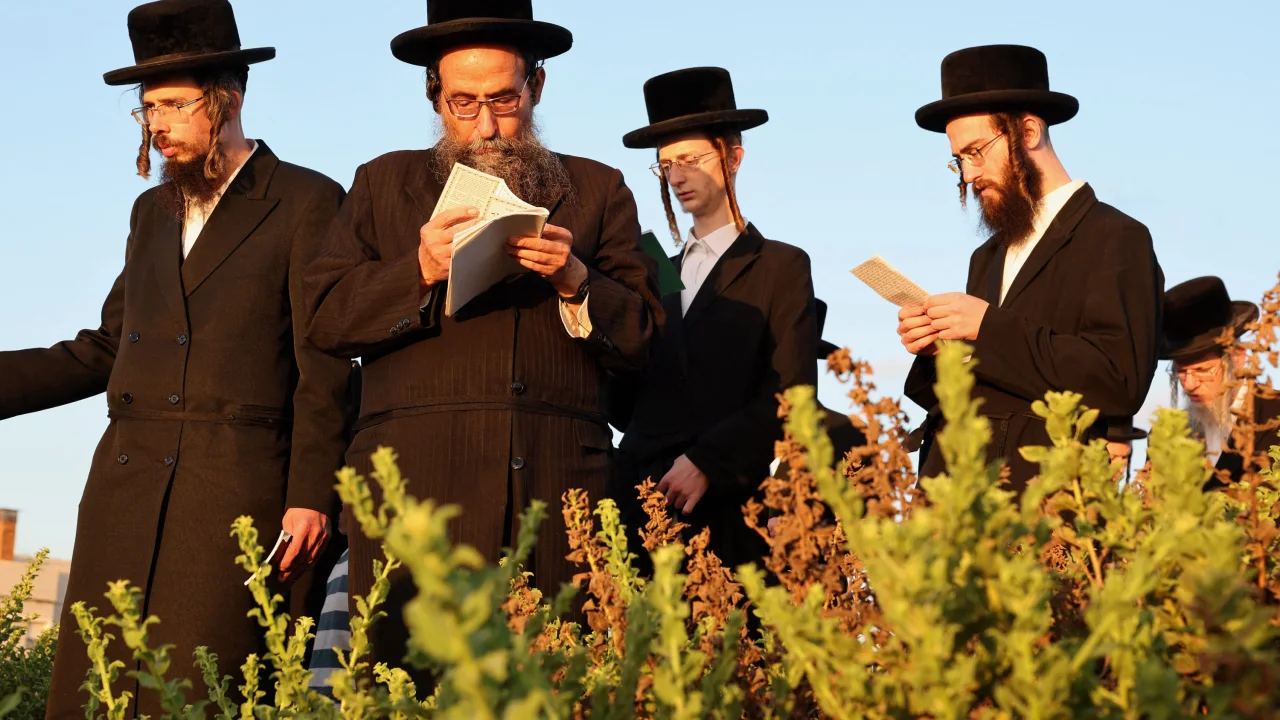Yom Kippur, also known as the Day of Atonement, is being celebrated as the holiest day of the year in Judaism. Falling on the tenth day of the Jewish month of Tishrei, this year’s observance began at sundown on Wednesday and will end at sundown on Thursday.
Yom Kippur serves as an opportunity for individuals to reflect on and make amends for mistakes made during the previous year. It is a day of fasting, repentance, and worship. Devout Jews abstain from food and drink, refrain from bathing, wearing leather shoes or gold jewelry, and avoid marital intimacy.
Continuous services are held throughout Yom Kippur, involving readings from the Torah and prayers of repentance and forgiveness. The day concludes with closing prayers and the blowing of the shofar, a ceremonial instrument made from the horn of a ram.
The origins of Yom Kippur can be traced back to the time of Moses and the Israelites’ exodus from Egypt. According to Jewish tradition, when Moses received the Ten Commandments from God on Mount Sinai, he discovered that the people were worshiping a golden calf. This angered Moses, and he destroyed the tablets. However, the people atoned for their sins, and God forgave them.
As Jews around the world observe Yom Kippur, they take this time to cleanse their souls, seek forgiveness, and renew their commitments to their faith and community.
